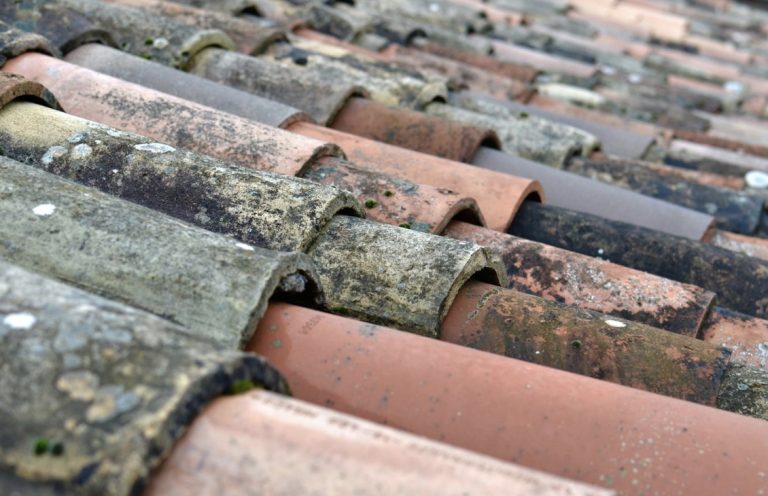Your roof is one of the most critical parts of your home, protecting you from the elements and keeping your family safe. Over time, exposure to rain, wind, snow, and sun can lead to various problems that compromise its integrity. Small issues that go unnoticed can develop into costly repairs or, in extreme cases, structural damage. Identifying common roofing problems early can help maintain your home’s safety and longevity.
Gutter Problems
Gutters play a crucial role in directing rainwater away from your home. When they become clogged with leaves, twigs, and debris, water can overflow and seep into the roof’s structure. This can lead to mold growth, rotting wood, and leaks that spread inside the house. Cracks or sagging sections in the gutter system may indicate underlying issues that need attention. Consulting local roofing experts in Lehigh Valley can help determine if repairs or replacements are necessary before water damage becomes severe. Regularly cleaning gutters and checking for proper drainage can prevent many of these issues.
Missing or Damaged Shingles
Shingles act as the first line of defense against harsh weather conditions. Strong winds, hail, and heavy rain can loosen or break them, exposing the underlayment to moisture. Once water penetrates the underlying layers, leaks can develop, weakening the roof’s foundation. Dark patches or curled edges on shingles indicate wear and tear that could lead to bigger issues if ignored. Replacing damaged shingles promptly helps maintain a strong barrier against the elements and extends the lifespan of the roof.
Roof Leaks and Water Damage
Water stains on ceilings and walls are clear indicators of a roof leak, but the problem often starts long before these visible signs appear. Leaks can develop from a variety of issues, including missing shingles, cracked flashing, and deteriorated sealants around chimneys or vents. Over time, even a small opening can allow water to seep in, spreading moisture through insulation, wooden beams, and drywall. If left unchecked, this moisture weakens the structural integrity of the home, creating an environment where mold and mildew thrive.
Roof leaks can be particularly troublesome because they often go unnoticed until significant damage has already occurred. A minor drip during heavy rain may not seem like a big concern, but repeated exposure to water can cause rotting in wooden supports and rust in metal components. Once insulation becomes saturated, it loses effectiveness, making it harder to regulate indoor temperatures and increasing energy costs. Homeowners might also notice peeling paint, warped flooring, or a musty odor—signs that moisture has spread beyond the attic and into the living space.
Poor Roof Ventilation
A well-ventilated roof plays a key role in maintaining the overall health of your home. Proper airflow prevents heat and moisture buildup, both of which can cause significant damage over time. When a roof lacks adequate ventilation, warm air becomes trapped in the attic, leading to higher indoor temperatures during the summer months. This increases energy costs as cooling systems work harder to maintain a comfortable temperature. Excessive heat can also cause roofing materials to degrade at a faster rate, shortening the lifespan of shingles and underlayment.
During colder months, poor ventilation creates another set of problems. When warm air from inside the house rises and meets the cold roof surface, condensation forms. Over time, this trapped moisture can lead to mold growth, wood rot, and insulation damage. Another serious issue caused by inadequate ventilation is ice dams. When snow on the roof melts due to rising heat and refreezes at the edges, it creates a blockage that prevents proper drainage. This forces water to back up under the shingles, increasing the risk of leaks and structural damage.
Structural Weakness and Sagging
A sagging roof is a serious concern that often points to underlying structural damage. This can be caused by water accumulation, deteriorating support beams, or excessive weight from heavy snow. Over time, these issues weaken the roof’s ability to bear loads, increasing the risk of collapse. Spotting early warning signs, such as dips or uneven sections, allows for repairs before the situation worsens. Strengthening support structures and addressing water damage can restore stability and prevent further deterioration.
Moss and Algae Growth
Moss and algae might seem like minor cosmetic issues, but they can lead to significant roofing problems. Moss retains moisture, which accelerates the breakdown of shingles and roofing materials. Algae, on the other hand, cause dark streaks that absorb heat, raising attic temperatures and increasing energy costs. Regular cleaning and applying protective treatments can help prevent growth and keep the roof in better condition. Using algae-resistant shingles or trimming overhanging branches to reduce shade can also minimize buildup over time.
Your roof faces constant exposure to the elements, making regular maintenance essential for its longevity and performance. Ignoring small issues can lead to more extensive damage, affecting both safety and costs. Regular inspections, timely repairs, and proper upkeep can help prevent these common roofing problems, keeping your home secure and structurally sound.



0 Comments